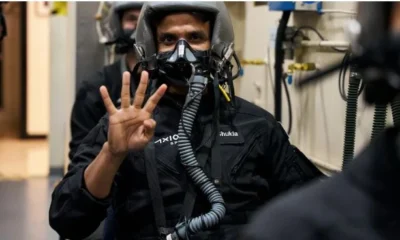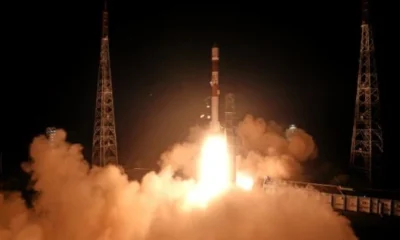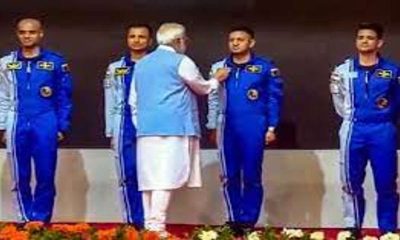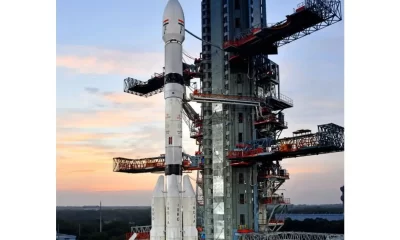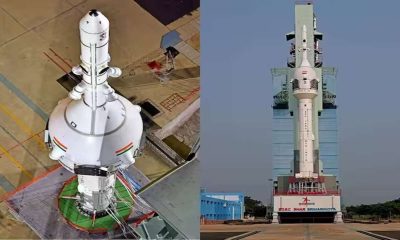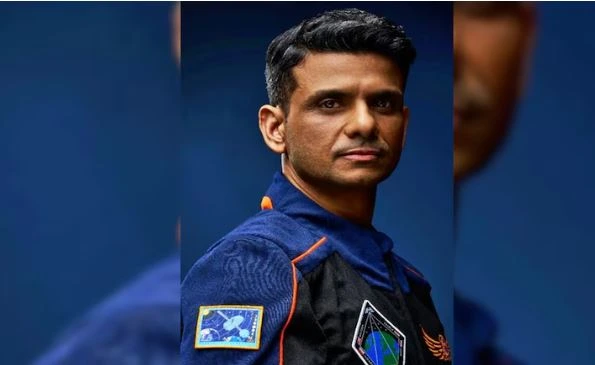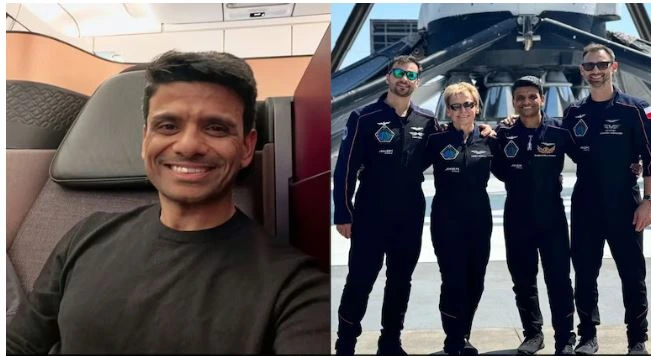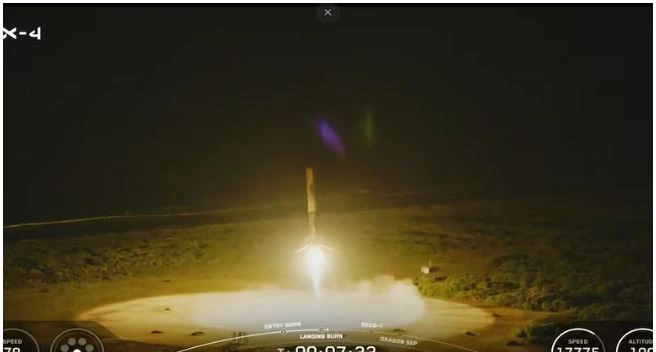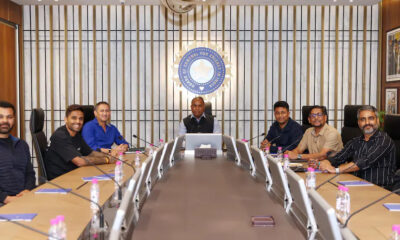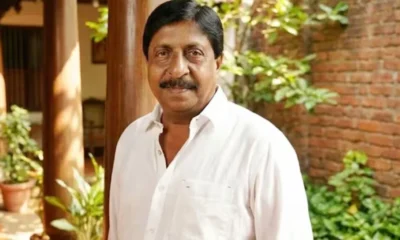[vc_row][vc_column][vc_column_text]
The Indian Space Research Organisation (Isro) had its first successful launch of 2019 last midnight (Thursday, Jan 24) with its Polar Satellite Launch Vehicle (PSLV) placing in orbit a 740kg imaging satellite for military applications and students-built nano-satellite Kalamsat, while demonstrating a new technology that can eventually reduce space debris.
The 44-metre tall, four-stage PSLV C-44 lifted off with Microsat R, a military application satellite, and Kalamsat, a 10cm cubesat made by students, at 11.37pm on Thursday from the first launch pad at Satish Dhawan Space Centre in Sriharikota at the end of a 28-hour countdown, according to a PTI report.
It injected the 740-kg Microsat-R into orbit 13 minutes and 30 seconds later. It is the first time an Indian satellite was being placed by ISRO in a low orbit at an altitude of 274 km.

Microsat R has been developed by Defence Research and Development Organisation (DRDO) laboratories.
ISRO also used this launch as an opportunity to demonstrate the usability of the fourth stage of the rocket after the satellites are ejected into orbit.
Before this, the fourth stage used to just become yet another piece of space debris. However, ISRO has found a way to make use of this stage with student satellite Kalamsat, made by Space Kidz India, weighing just 1.26kg, attached to it.
The launch is PSLV’s 46th flight and the first flight with a new variant of PSLV called PSLV-DL with two strap-ons, each carrying 12.2-tonne of solid propellent.
At about 100 minutes after the lift-off, the rocket’s fourth stage was switched on again for few seconds before it was again cut off. Finally, at about 103 minutes after the rocket left the earth, the fourth stage – PS4 – began its role as an orbital platform carrying Kalamsat at an altitude of 450 km.[/vc_column_text][/vc_column][/vc_row][vc_row][vc_column][vc_column_text]
KALAMSAT
The fourth stage of the rocket with co-passenger Kalamsat, a students’ payload, is placed at a higher circular orbit, around 450 kms from earth, so as to establish an orbital platform for carrying out experiments.
Not a single rupee is being charged by the Indian Space Research Organisation (ISRO) for the task. The satellite designed and built by students who work with a private organization called “Space Kidz India” in Chennai weighs less than a wooden chair at only 1.26 kg.
The satellite was made at an expense of Rs 12 lakh and was made ready in six days, though the group perfected the technology over a span of six years, said Srimathy Kesan, a 45-year-old professional who steered this motley group of 20-somethings at Space Kidz India.

The Kalamsat-V2 is the lightest satellite in the world, the ISRO said, adding Thursday’s launch from the Satish Dhawan Space Centre in Sriharikota also marks another milestone – it’s the first satellite designed and built by an Indian private entity and Space Kidz India to be launched by ISRO.
[/vc_column_text][/vc_column][/vc_row][vc_row][vc_column][vc_raw_html]JTNDYmxvY2txdW90ZSUyMGNsYXNzJTNEJTIydHdpdHRlci10d2VldCUyMiUyMGRhdGEtbGFuZyUzRCUyMmVuJTIyJTNFJTNDcCUyMGxhbmclM0QlMjJlbiUyMiUyMGRpciUzRCUyMmx0ciUyMiUzRSVGMCU5RiU4NyVBRSVGMCU5RiU4NyVCMyUyMCUzQ2ElMjBocmVmJTNEJTIyaHR0cHMlM0ElMkYlMkZ0d2l0dGVyLmNvbSUyRmhhc2h0YWclMkZJU1JPTWlzc2lvbnMlM0ZzcmMlM0RoYXNoJTI2YW1wJTNCcmVmX3NyYyUzRHR3c3JjJTI1NUV0ZnclMjIlM0UlMjNJU1JPTWlzc2lvbnMlM0MlMkZhJTNFJTIwJTIwJTNDYSUyMGhyZWYlM0QlMjJodHRwcyUzQSUyRiUyRnR3aXR0ZXIuY29tJTJGaGFzaHRhZyUyRlBTTFZDNDQlM0ZzcmMlM0RoYXNoJTI2YW1wJTNCcmVmX3NyYyUzRHR3c3JjJTI1NUV0ZnclMjIlM0UlMjNQU0xWQzQ0JTNDJTJGYSUzRSUyMHN1Y2Nlc3NmdWxseSUyMHBsYWNlcyUyMCUzQ2ElMjBocmVmJTNEJTIyaHR0cHMlM0ElMkYlMkZ0d2l0dGVyLmNvbSUyRmhhc2h0YWclMkZNaWNyb3NhdFIlM0ZzcmMlM0RoYXNoJTI2YW1wJTNCcmVmX3NyYyUzRHR3c3JjJTI1NUV0ZnclMjIlM0UlMjNNaWNyb3NhdFIlM0MlMkZhJTNFJTIwaW50byUyMGl0cyUyMGludGVuZGVkJTIwb3JiaXQuJTIwJTNDYSUyMGhyZWYlM0QlMjJodHRwcyUzQSUyRiUyRnR3aXR0ZXIuY29tJTJGaGFzaHRhZyUyRkthbGFtc2F0JTNGc3JjJTNEaGFzaCUyNmFtcCUzQnJlZl9zcmMlM0R0d3NyYyUyNTVFdGZ3JTIyJTNFJTIzS2FsYW1zYXQlM0MlMkZhJTNFJTIwJTNDYSUyMGhyZWYlM0QlMjJodHRwcyUzQSUyRiUyRnQuY28lMkZoVklzS3pwbHBDJTIyJTNFcGljLnR3aXR0ZXIuY29tJTJGaFZJc0t6cGxwQyUzQyUyRmElM0UlM0MlMkZwJTNFJTI2bWRhc2glM0IlMjBJU1JPJTIwJTI4JTQwaXNybyUyOSUyMCUzQ2ElMjBocmVmJTNEJTIyaHR0cHMlM0ElMkYlMkZ0d2l0dGVyLmNvbSUyRmlzcm8lMkZzdGF0dXMlMkYxMDg4NTAzMDU3MzI1ODAxNDczJTNGcmVmX3NyYyUzRHR3c3JjJTI1NUV0ZnclMjIlM0VKYW51YXJ5JTIwMjQlMkMlMjAyMDE5JTNDJTJGYSUzRSUzQyUyRmJsb2NrcXVvdGUlM0UlMEElM0NzY3JpcHQlMjBhc3luYyUyMHNyYyUzRCUyMmh0dHBzJTNBJTJGJTJGcGxhdGZvcm0udHdpdHRlci5jb20lMkZ3aWRnZXRzLmpzJTIyJTIwY2hhcnNldCUzRCUyMnV0Zi04JTIyJTNFJTNDJTJGc2NyaXB0JTNFJTBB[/vc_raw_html][/vc_column][/vc_row][vc_row][vc_column][vc_column_text]
A 64-gram earlier version of the Kalamsat nicknamed “gulab jamun” because of its puny size was launched by the National Aeronautics and Space Administration (NASA) in 2017. But it never reached orbit.
PS4 is the smallest of the stages in size with a height of 2.5m and a diameter of 1.34m carrying 1.6 tonne propellent. With two liquid engines applying a thrust of 7.6kN each, PS4 is responsible for the correct injection of the payloads into their respective desired orbits.
According to Isro officials, PS4 will stay ‘alive’ for the next six months before it drifts away and disintegrates upon reaching the earth’s atmosphere. In the meantime, the cubesat made of space grade aluminium will be tested for its communication module, onboard computer, solar panels and electronics designed and developed by Indian students. The data from the tiny satellite will be collected by ground stations.
Congratulating the team for the successful mission, Isro chairman K Sivan said this was the first that PSLV was “flown to the lowest orbit.”
Sivan congratulated the students who designed Kalamsat and said, “For the first time the PS4 will be revived for students to do experiments.”
Prime Minister Narendra Modi also tweeted a congratulation to the scientists behind the successful launch.
The PSLV, basically a four-stage vehicle with alternating solid and liquid stages, has launched 54 Indian and 269 satellites of international customers.[/vc_column_text][/vc_column][/vc_row]

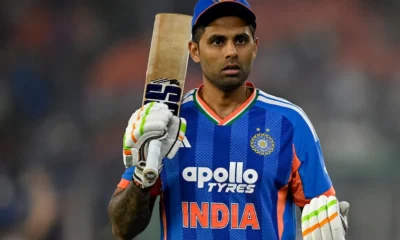
 Cricket news20 hours ago
Cricket news20 hours ago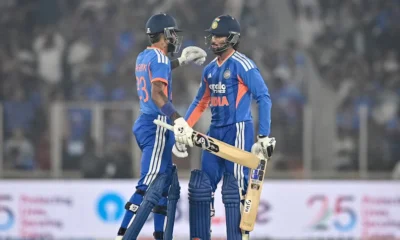
 Cricket news19 hours ago
Cricket news19 hours ago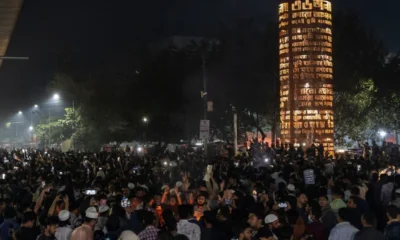
 Latest world news21 hours ago
Latest world news21 hours ago
 Entertainment20 hours ago
Entertainment20 hours ago
 India News6 hours ago
India News6 hours ago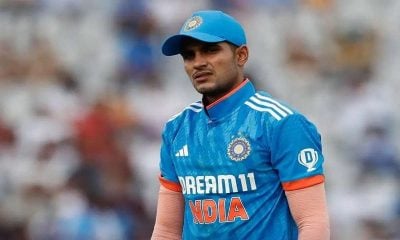
 Cricket news5 hours ago
Cricket news5 hours ago
 Entertainment21 hours ago
Entertainment21 hours ago
 India News6 hours ago
India News6 hours ago



